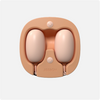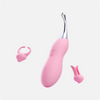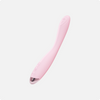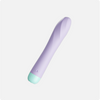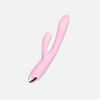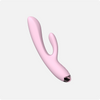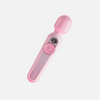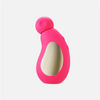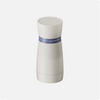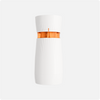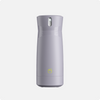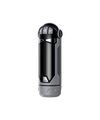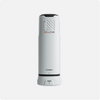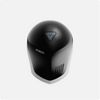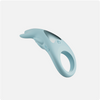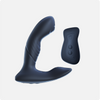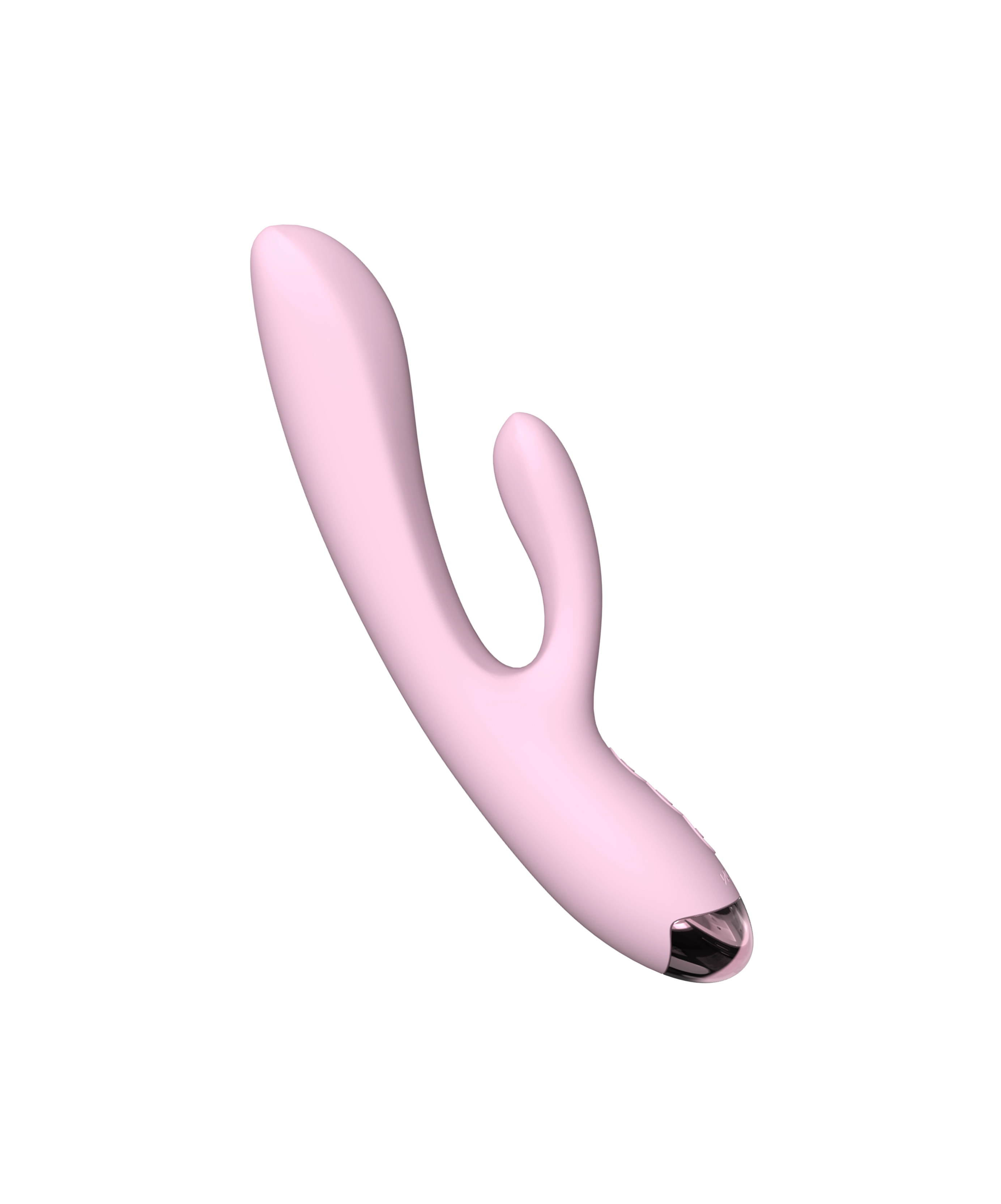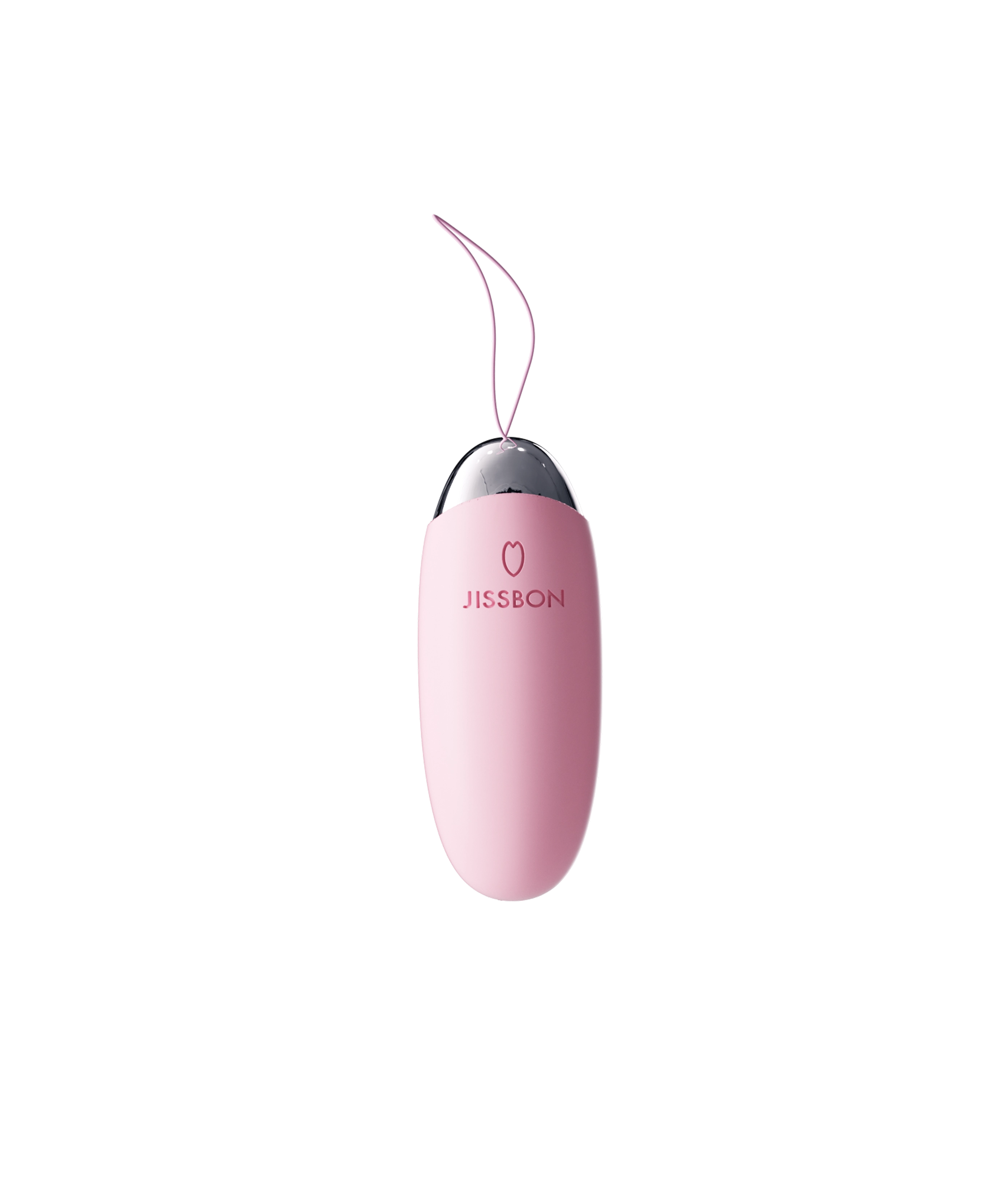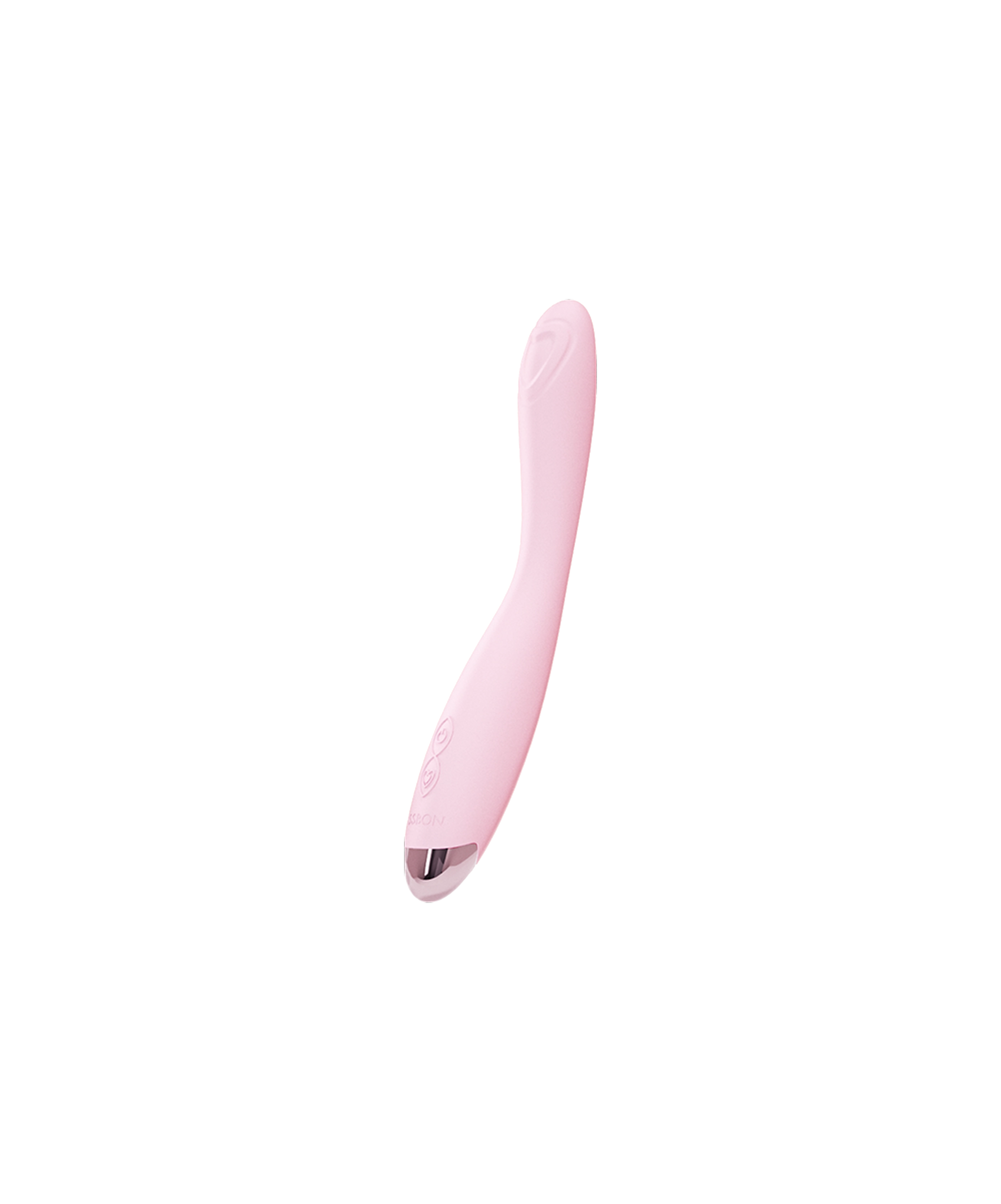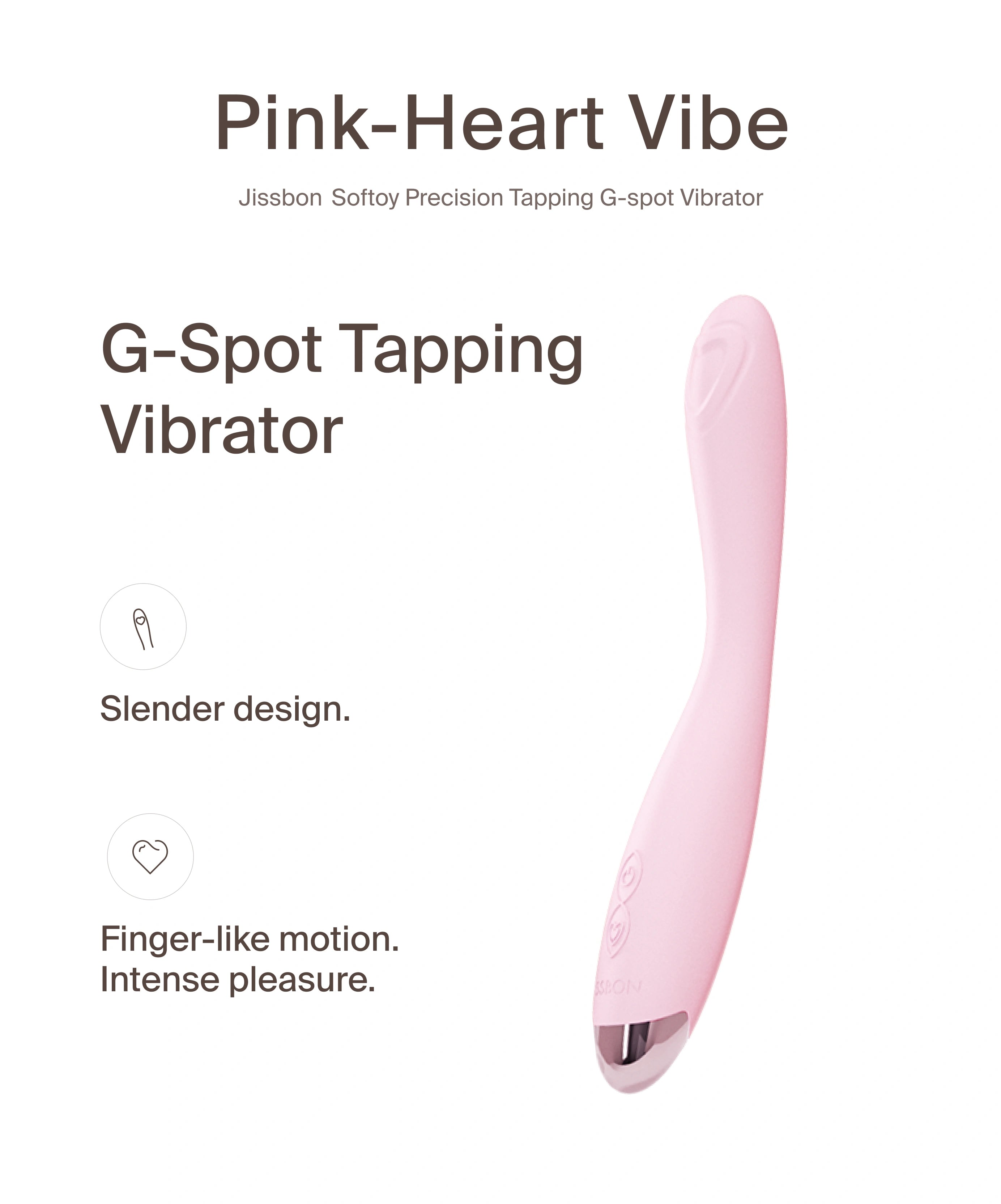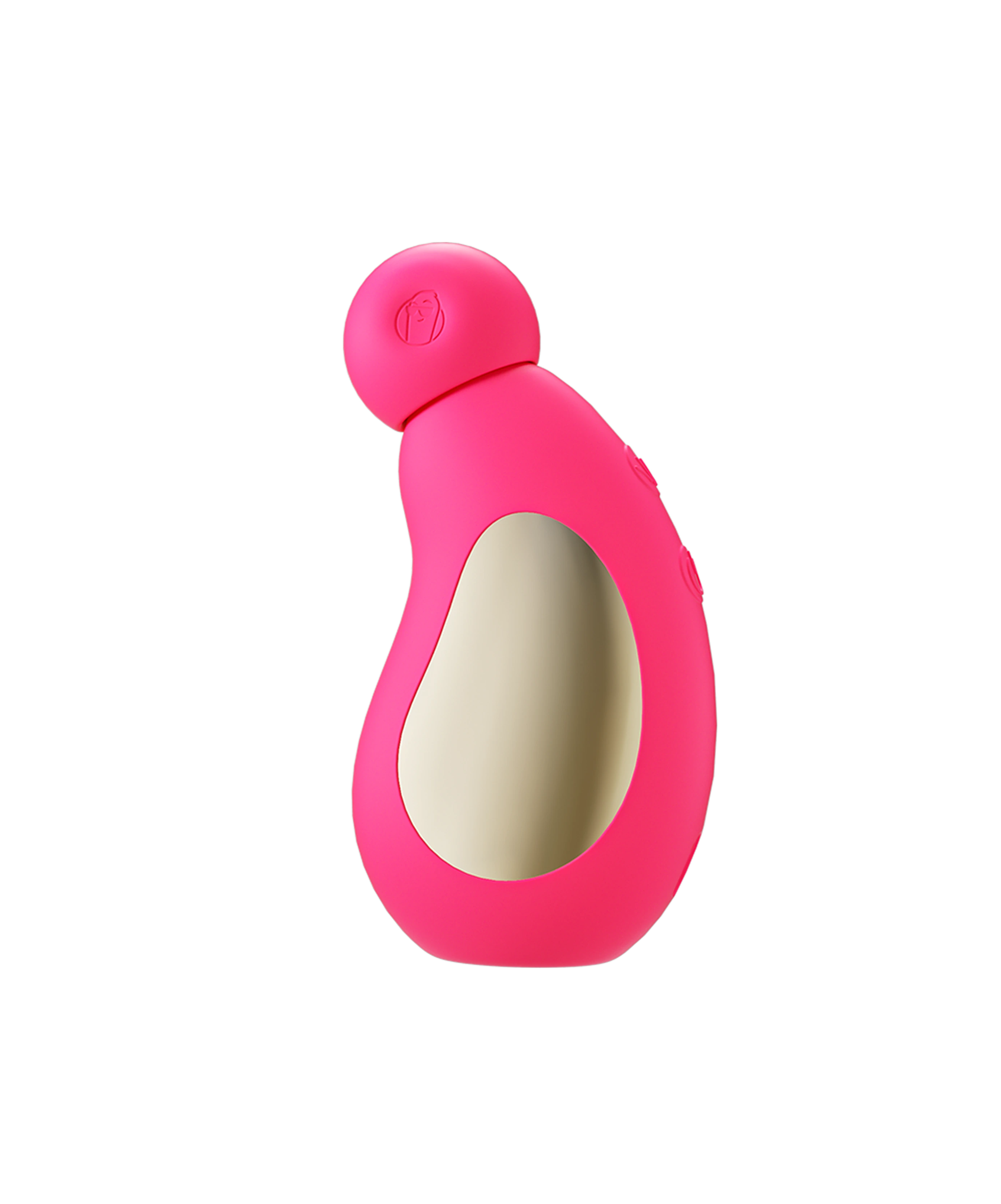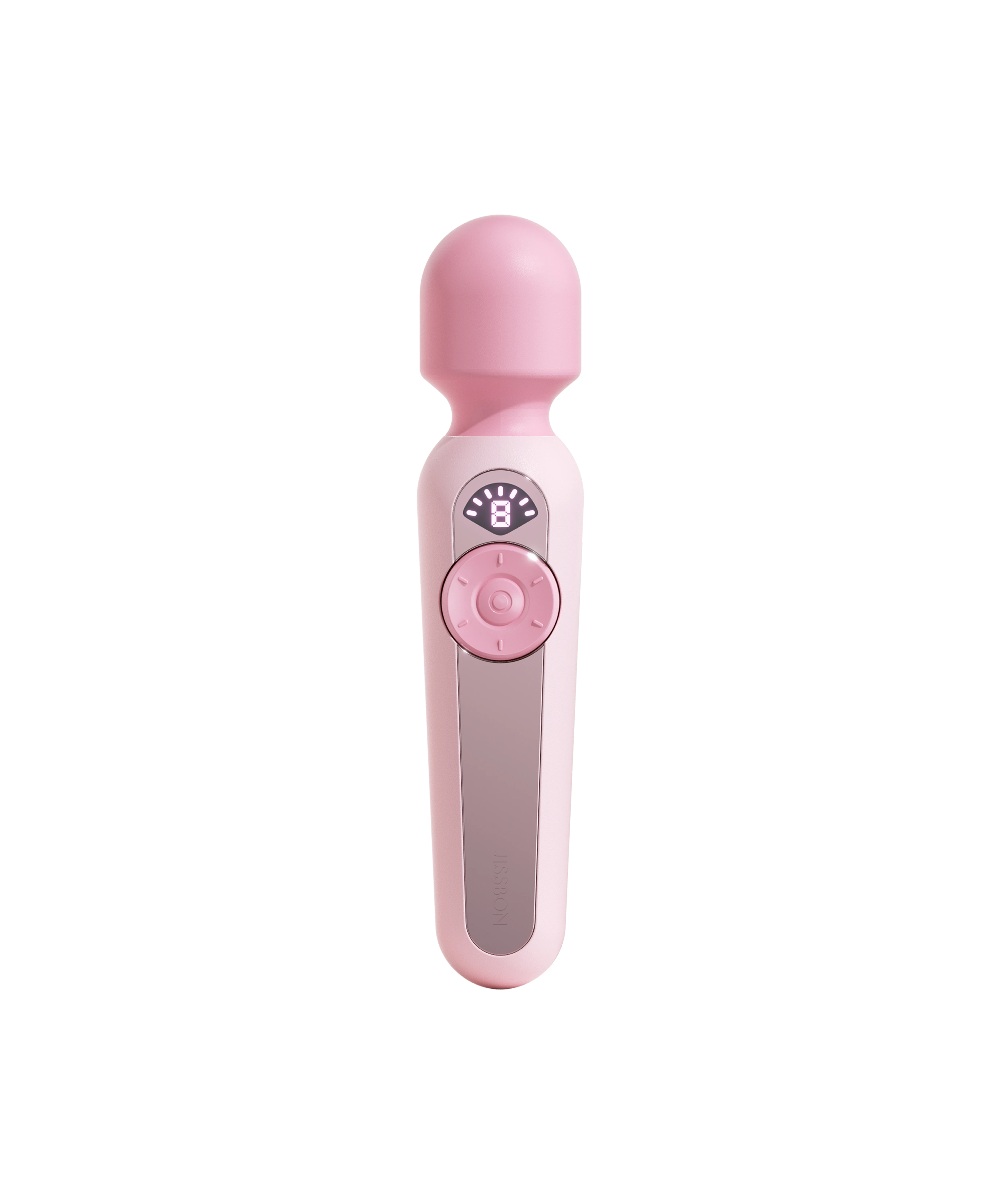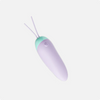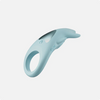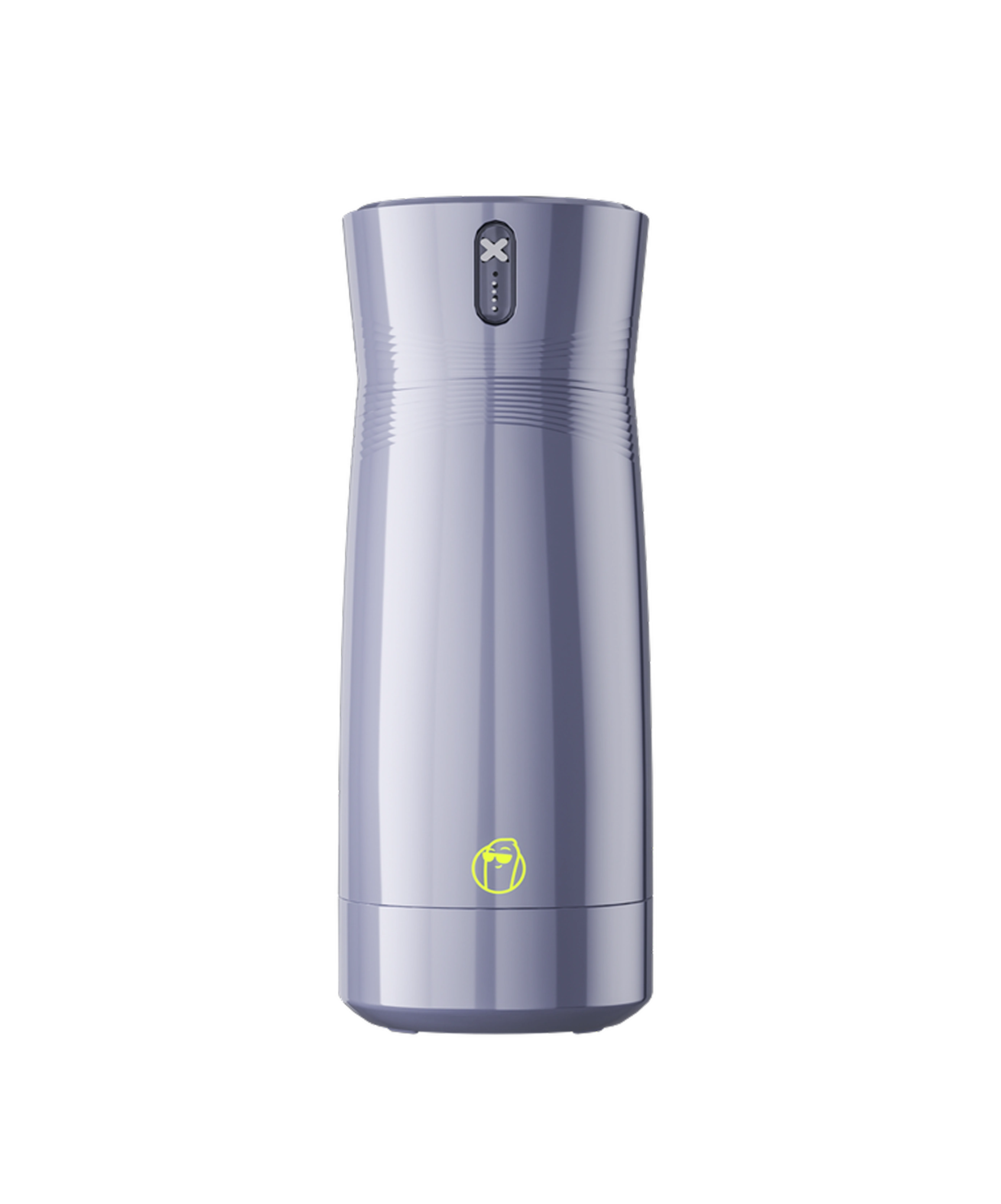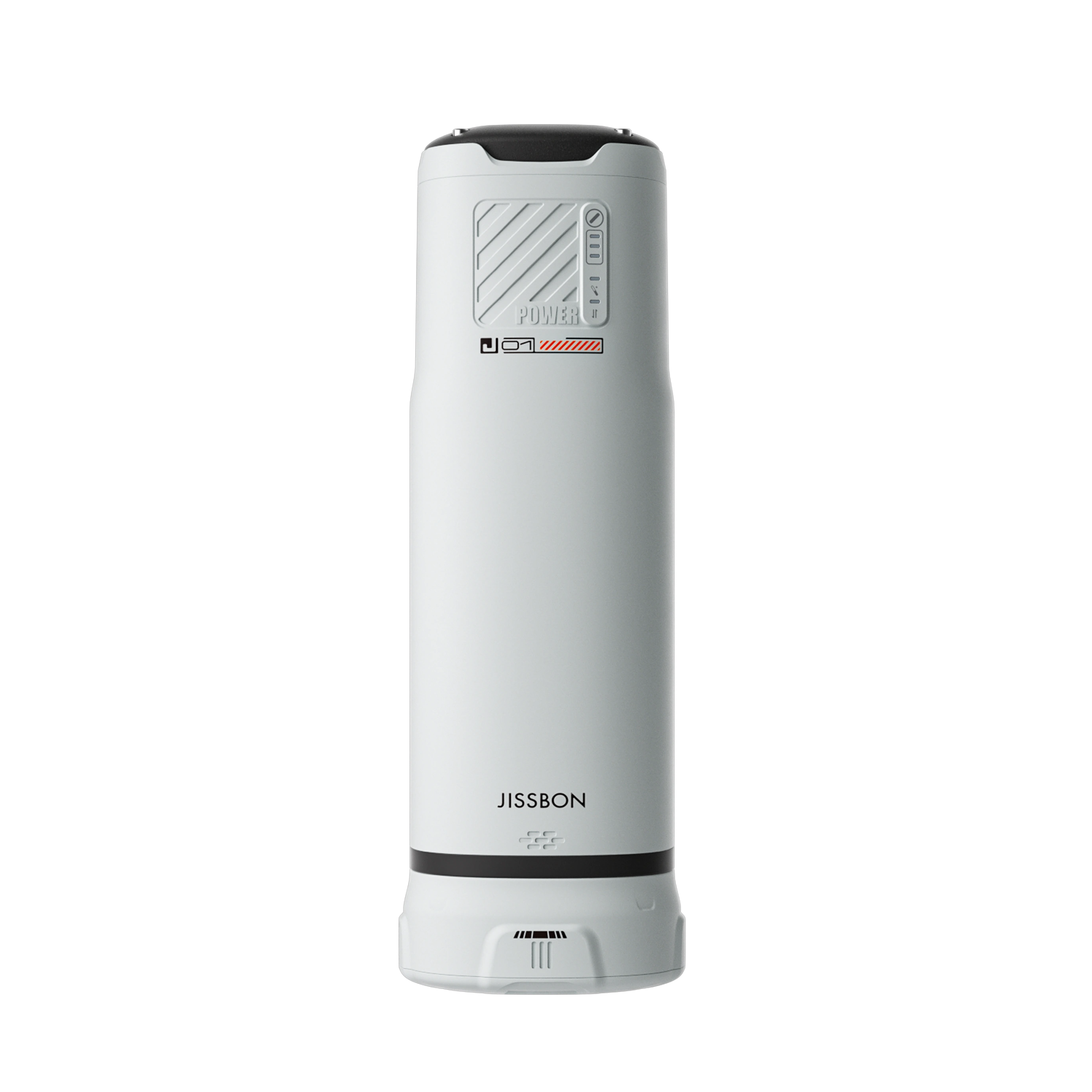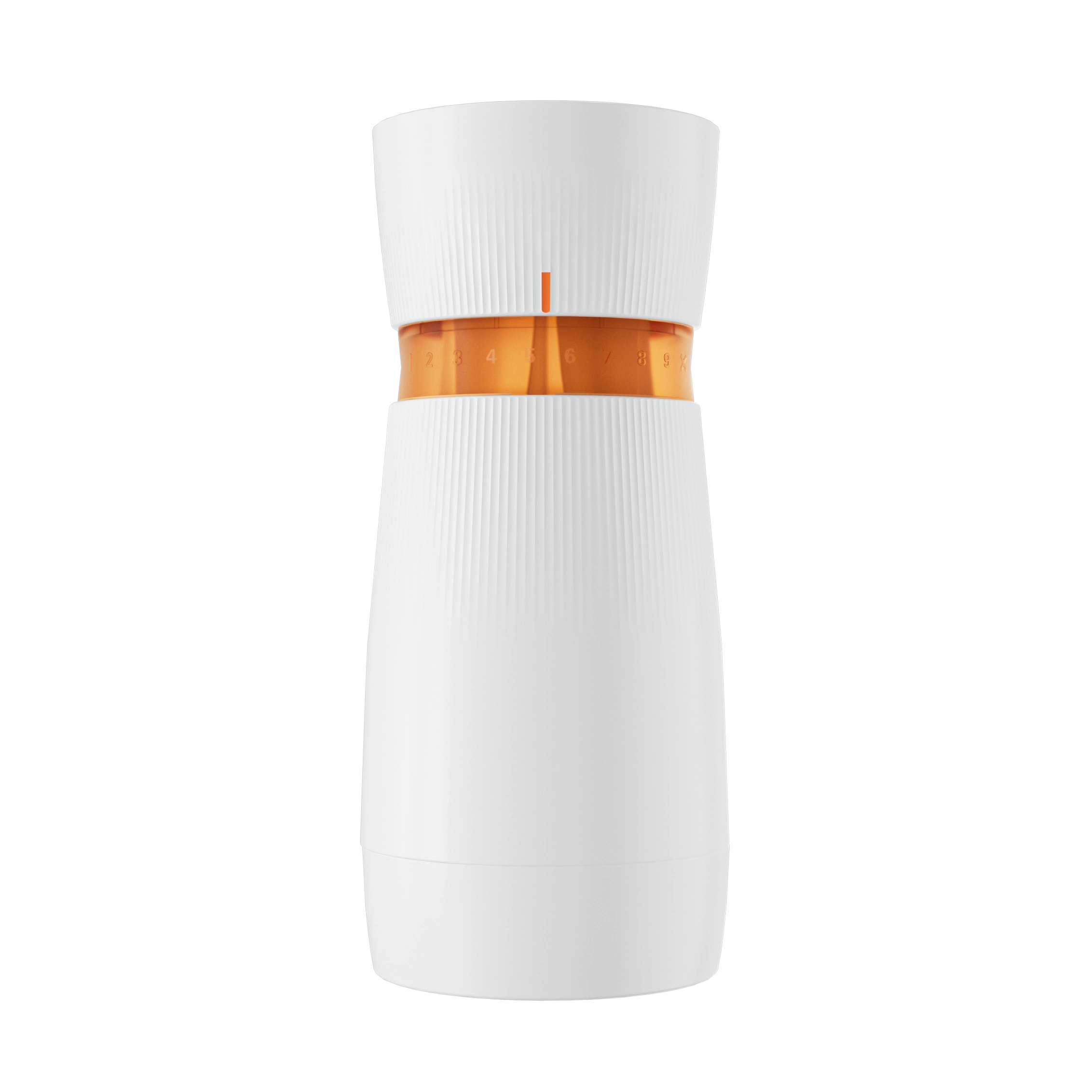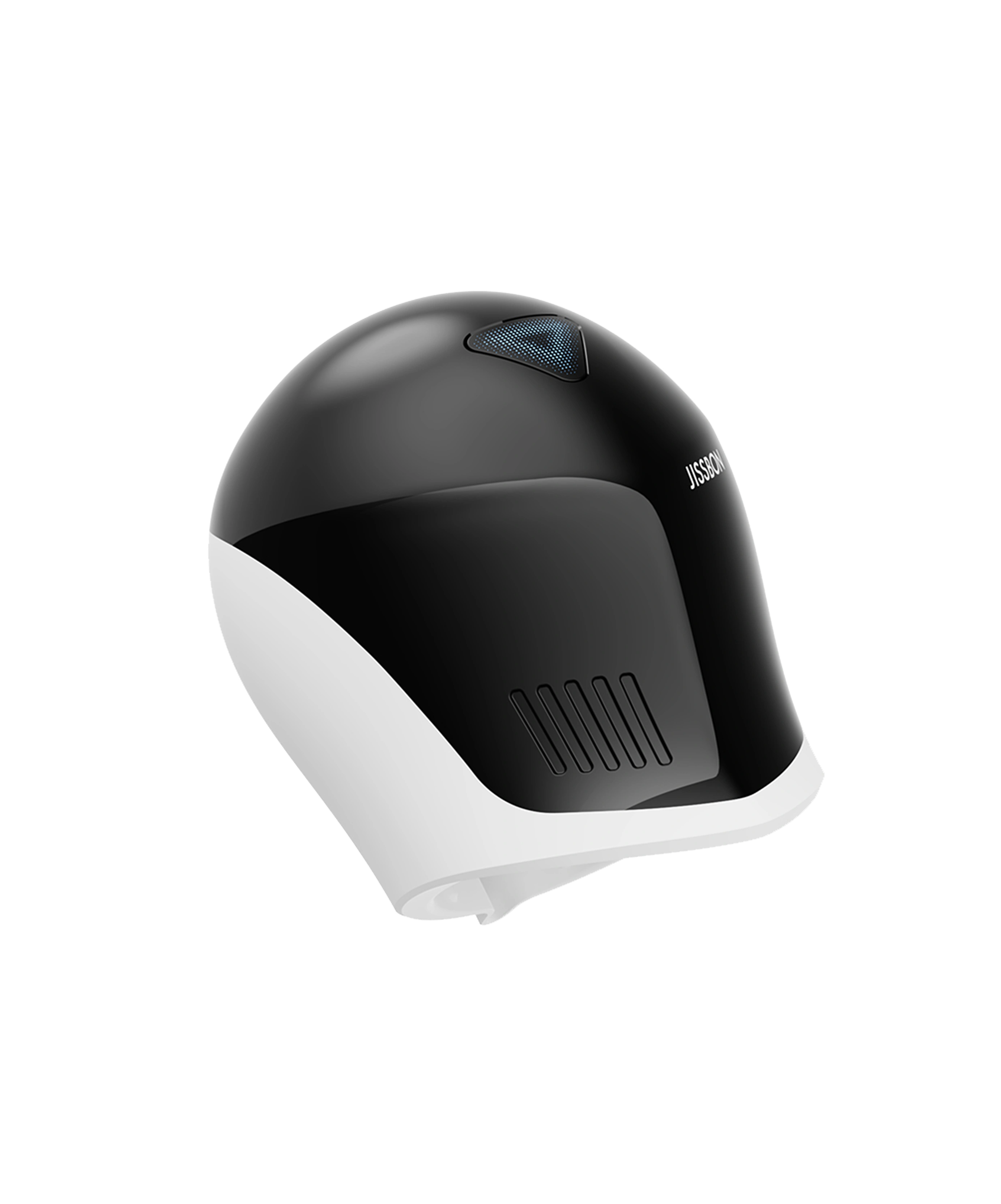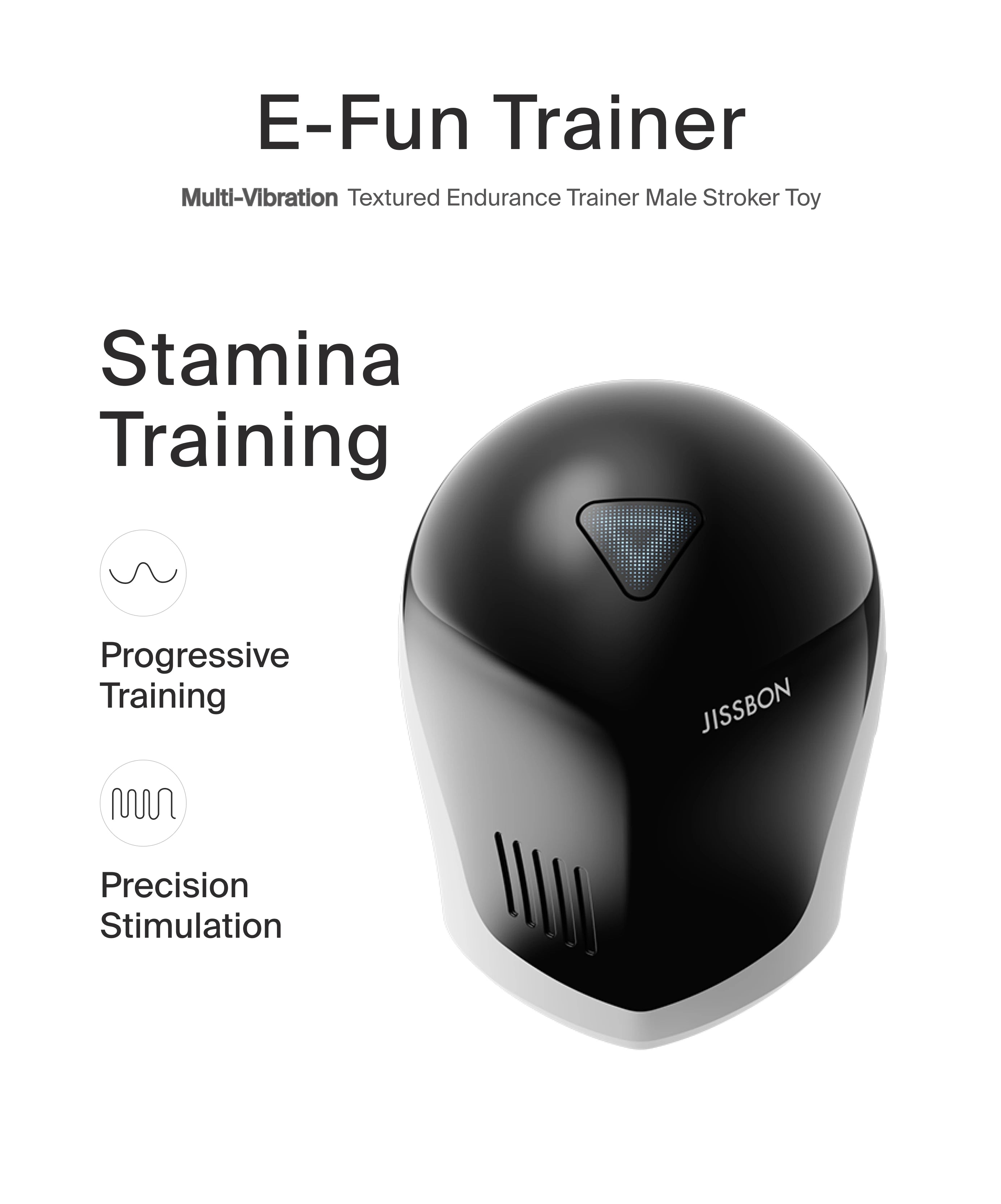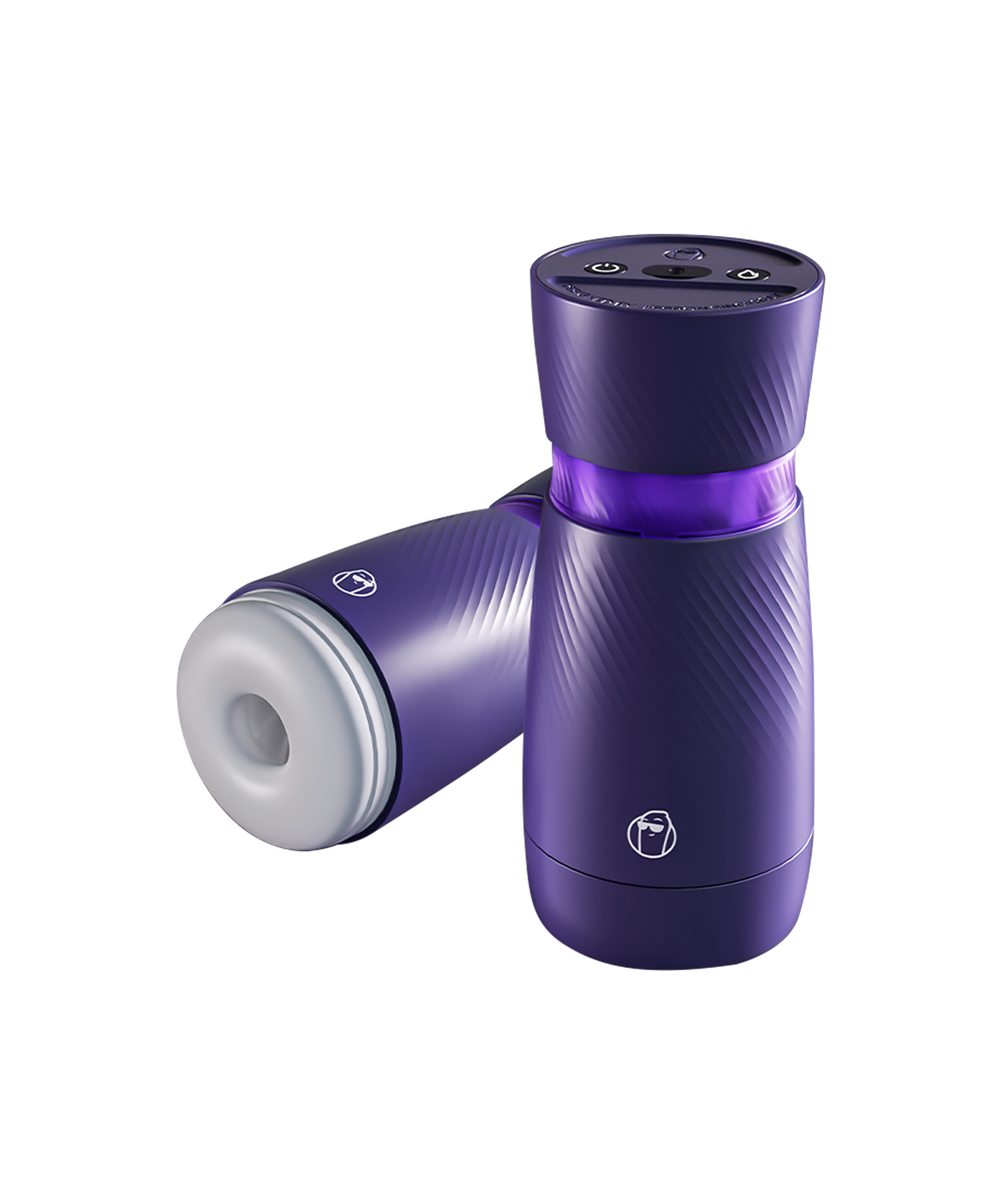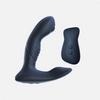If you’re searching how to hang a sex swing, you’re probably weighing ceiling mounts vs. door swings vs. freestanding stands—and wondering which option is safest for your home. This guide explains how to install a sex swing step‑by‑step, what hardware ratings actually mean, where you can and can’t anchor, and how to test your setup before any hanging sex fun begins. We’ll also cover renter‑friendly setups, concrete ceilings, and easy upgrades like swivels and height adjusters.
Short version: A ceiling sex swing must be anchored into real structure (joists, beams, or concrete) with rated hardware—never drywall alone. Use lag screws or through‑bolts in wood, or expansion anchors in concrete, and follow manufacturer instructions. If any step feels out of your depth, hire a pro.
Your mounting options (pros, cons, and best use cases)
-
Ceiling mount (single‑point or dual‑point)
Best for: Maximum range of motion and long‑term setups.
Pros: Strongest, cleanest look; you can add a swivel for 360° play.
Cons: Requires drilling; must hit a joist/beam (wood) or use masonry anchors (concrete). -
Over‑the‑door swing
Best for: Renters, travel, quick installation.
Pros: No drilling; installs in minutes on a solid‑core door.
Cons: Height and motion are limited by the door; follow door‑side placement rules and lock the door for safety. Manufacturer manuals emphasize solid‑core doors and hinge‑side rod placement with the door closed firmly. -
Freestanding stand/frame
Best for: No suitable joists, high ceilings, or spaces where drilling isn’t allowed.
Pros: No drilling; portable and renter‑friendly.
Cons: Costs more and needs floor space—typically ~6–7 ft square. -
Beam/strap mount (exposed beam or sturdy outdoor structure)
Best for: Lofts, pergolas, exposed beams.
Pros: Quick to set up; no holes in finished ceilings.
Cons: Beam must be sound and strong; use rated straps/hardware and test carefully.
For a clear overview of multiple mounting methods (ceiling eye, stand, chin‑up bar, beam straps, door/wall combos, concrete), see this installation booklet used by a major swing brand.
Safety first: what “rated hardware” actually means
- WLL (Working Load Limit) is the safe everyday load the part can carry. It’s derived from the breaking strength divided by a safety factor (often 4:1–7:1 in rigging). Choose components with visible WLL or strength markings, and keep your total live load well below those limits.
- Carabiners, swivels, and connectors should be climbing‑ or industrial‑rated. Climbing carabiners show strength in kN; a common major‑axis rating is ≥20 kN (≈4,500–5,000 lbf). Don’t use keychain clips.
- Inspect before each use. Replace any part that’s bent, cracked, frayed, or unmarked; this matches general OSHA‑style rigging guidance.
Tools & parts checklist (for a ceiling mount)
- Stud/joist finder (or magnet + test holes), tape measure, pencil
- Drill + bits (wood or masonry)
- Lag eye bolt or anchor plate with welded ring (plus matching lag screws) for wood joists; or concrete expansion anchors for masonry
- Climbing‑rated carabiner; chain/strap/rope rated for human loads
- Optional swivel (rated) and quick‑adjust links
- Ladder, socket set, safety glasses
Why lag screws and joists? Heavy items must anchor into wood framing—not drywall. A recent home safety explainer specifies hitting the center of a joist with ⅜–½‑in lag screws (often ≥4 in long), pre‑drilling pilot holes, and avoiding plastic anchors for heavy overhead loads.
How to hang a sex swing from a wood‑framed ceiling (step‑by‑step)
Goal: Install a ceiling sex swing into a joist or beam using a lag eye or a multi‑screw anchor plate.
- Choose the spot & confirm structure: Use a stud/joist finder to locate framing where you want the swing; mark both edges, then mark the center line. If a joist isn’t exactly where you want it, you can add blocking (a short structural timber between two joists) and mount to that—this “span a beam or add blocking” method is standard practice for porch/hanging seats.
- Pick an anchor style: A welded‑ring anchor plate spreads force across multiple screws and is harder to deform than a thin eye loop; many installers prefer this over a basic open‑eye lag. (Some swing manuals explicitly recommend multi‑screw tie‑down plates for strength.)
- Pre‑drill pilot holes: Pre‑drilling reduces split risk and makes driving lag screws easier. Guidance for heavy ceiling loads lists typical pilot sizes for common lag diameters and stresses drilling into the center of the joist.
- Drive the anchor into the joist: Run lag screws straight into the joist center. If using an eye through‑bolt (even stronger), drill a full‑depth hole and secure the eye with a washer + locknut on top—This Old House demonstrates this robust method for hanging swings.
- Clip in rated connectors: Attach a 20 kN+ climbing carabiner to the anchor, then hook in your chain/strap. Avoid cross‑loading (sideways force on the carabiner) and keep the gate locked/closed.
- Set height: Adjust links or straps so the seat/stirrups sit at a comfortable height (often around hip‑to‑mid‑thigh when seated). Porch‑swing installers advise setting height like a chair you can easily get into.
- Test progressively: Load the system slowly with static weight, listen for creaks, and watch the anchor. Only after a stable static test should you add dynamic motion. Home safety guidance emphasizes gradual testing and avoiding drywall anchors entirely for heavy overhead loads.
Never rely on hollow‑wall anchors, plastic plugs, or toggle bolts in drywall alone for a hanging sex swing—they’re not meant for live, dynamic loads.
Concrete ceilings (lofts/condos)
You can mount a swing into concrete using expansion anchors and the correct masonry drill bit; this creates a strong point. If you don’t already own a hammer drill or haven’t set anchors before, it’s a small job for a handyman or contractor—brand instructions explicitly suggest hiring out if you’re unsure.
Over‑the‑door swings (no drilling)
A door‑swing is the fastest way to try hanging sex without tools—but only when set up correctly:
- Use a solid‑core door.
- Place the metal rods/blocks over the top of the door so they sit on the hinge side, with the swing on the opposite side.
- Close the door toward the stops and lock it if possible.
-
Adjust straps evenly and test with a soft landing surface below.
Door‑swing manuals call out solid‑core doors, hinge‑side placement, and a locked door for stability; they also warn that while the swing may be rated for a certain load, the door itself may not be—test carefully.
Stands and strap‑over‑beam setups
- Freestanding stands avoid drilling and are great for renters or events, but they take 6–7 ft of floor space and have distinct weight limits—check specs before buying.
- Beam straps loop over a sturdy, sound exposed beam (indoor or outdoor). Use rated straps/hardware and avoid questionable beams or branches. Popular installation guides list this as a portable option; again, inspect and test progressively.
Hardware and rating basics (plain English)
- Lag screw or through‑bolt? Both can be safe when installed correctly. Many installers favor through‑bolted eyebolts with washers + locknuts when they have access from above, since the load is secured mechanically on both sides of the joist. Porch‑swing instructions demonstrate this approach.
- Anchor plates with welded rings distribute force and resist bending better than thin eye loops—several swing manuals prefer these.
- WLL vs. break strength: WLL is the working limit; break strength is the failure point. Rigging references note common safety factors of 4:1–7:1—so a part with 2,000 lbf break strength might have a 400–500 lbf WLL.
- Carabiners: Use climbing‑rated ‘biners with major‑axis ratings in kN (≥20 kN typical). Avoid cross‑loading and keep gates closed.
When you should call a pro
If you’re unsure about finding joists, drilling pilot holes, or choosing anchors—hire a handyman. Swing manuals explicitly recommend professional installation when you’re not 100% confident; it’s a short job that dramatically reduces risk.
Common mistakes to avoid
- Mounting into drywall/plaster alone. Heavy overhead loads must go into wood or concrete.
- Using unmarked hardware. If you can’t see WLL or strength ratings, don’t hang people from it.
- Ignoring the weakest link. Your setup is only as strong as its lowest‑rated component: anchor, connectors, straps, door/beam, and the swing itself.
- Hollow/lightweight doors. Over‑the‑door setups require solid‑core doors; manuals warn that hollow doors may not support weight.
Quick installation roadmaps
Ceiling joist (wood) in a bedroom
- Locate joist center and mark.
- Pre‑drill pilot holes; install anchor plate with welded ring or lag eye into the joist.
- Clip in rated carabiner + chain/strap; add optional swivel.
- Adjust height; static test; then add motion.
Concrete ceiling (loft)
- Mark spot; drill with masonry bit and hammer drill.
- Set expansion anchors; bolt on anchor plate or eye.
- Clip in rated hardware; test progressively. (Consider a handyman.)
Over‑the‑door swing (renters)
- Place rods over the door’s top edge on the hinge side.
- Close toward the stops and lock the door.
- Adjust straps evenly; test with cushions underneath.
Stand setup
- Assemble per manual; check weight rating and floor space (~6–7 ft square).
- Add swivel if supported; test at low height first.
Height, spacing & comfort tips
- Set height so the rider can bend knees comfortably and mount/dismount without strain—porch‑swing installers suggest treating it like a chair height first, then fine‑tuning.
- Add a swivel (rated) to smooth rotation and reduce strap twisting.
- Leave space around the swing: avoid nearby walls, lights, and sharp edges; stands typically need a 6–7 ft footprint.
Maintenance & pre‑flight checks
- Inspect before each session: anchor, carabiners, straps/stitching. Replace worn parts.
- Clean & dry: wipe straps/seat per the manufacturer; keep metal dry to prevent corrosion.
- Re‑tighten hardware: vibrations can loosen bolts over time—periodically check torque.
Enhance the experience (optional, hands‑free fun)
Once your setup is secure, a remote‑controlled vibrator lets you keep rhythm without breaking position. Explore Remote‑Controlled Vibrators, or pair your swing with a hands‑free internal option like the E‑Gale Wind Remote‑Controlled Prostate Massager—the remote helps a partner sync patterns while you’re comfortably suspended. (Use water‑based lube with silicone toys; clean before/after.)
Bottom line
Learning how to hang a sex swing comes down to three things: anchor to real structure, use rated hardware, and test progressively. A ceiling sex swing anchored to a joist/beam (or into concrete) delivers the smoothest motion; door swings and stands are excellent renter‑friendly alternatives. Keep your setup within the lowest WLL in the system, inspect before each session, and enjoy—safely.
Frequently Asked Questions
How do I hang a sex swing from the ceiling safely?
Anchor into a joist/beam (wood) or into concrete—never drywall. Use heavy‑duty lag screws (commonly ⅜–½ in, often ≥4 in long) into the joist center, with pilot holes. Test gradually and consider a pro if unsure.
Can I hang a sex swing without drilling?
Yes. Use an over‑the‑door swing on a solid‑core door (place rods on the hinge side and lock the door) or buy a freestanding stand (plan for a ~6–7 ft footprint). Range of motion is more limited vs a ceiling mount.
What hardware do I need for a ceiling sex swing?
A joist/beam anchor (lag eye or welded‑ring plate), climbing‑rated carabiners, rated straps/chain, and a swivel if you want rotation. Look for WLL/strength markings and use pilot holes when installing lag screws.
Is it better to use a welded ring plate or a basic eye screw?
Both can be safe, but many installers prefer anchor plates with welded rings (multi‑screw) or through‑bolted eyebolts for greater stability and resistance to bending.
Can I use a door swing on any door?
Use solid‑core doors only. Manuals warn that hollow/light doors may not support weight; place stoppers/rods on the hinge side, close toward the stops, and lock the door. Test carefully with padding underneath.
Do I really need climbing‑rated carabiners?
Yes. Climbing carabiners list strength in kN and are designed for dynamic loads; aim for ≥20 kN major‑axis. Avoid keychain or decorative clips.
What about stands—is assembly difficult?
Stands are straightforward but need floor space and ceiling clearance during assembly; check the manufacturer’s height/space requirements before purchasing. Many stands cite a 6–7 ft footprint.
Read more

If you’re searching how to hang a sex swing, this guide walks you through safe options—ceiling sex swing mounts, door swings, freestanding stands, and beam straps—plus hardware, load ratings, and s...

If you’ve typed what is the tightest Fleshlight into Google, you’re probably after two things: (1) a straight answer, and (2) guidance on which sleeves deliver the most tight and intense sensations...

